The Hyderabad connection
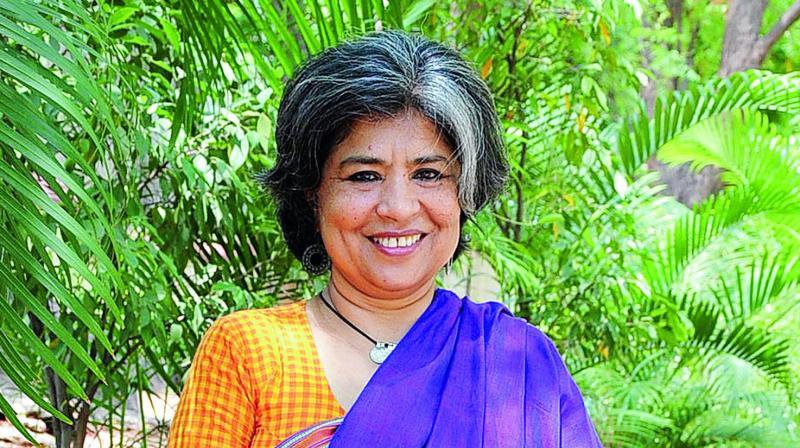
Decades ago when she wanted a break from her home in Mumbai, Jinnah’s wife, young Ruttie Petit, chose to visit Hyderabad. She had heard so much about the city, but had not got a chance to visit it earlier. Hyderabad played an important role in her life. “Ruttie used to write letters to both Sarojini Naidu and her elder daughter, Padmaja for many years, and their friendship grew stronger after she visited the Golden Threshold. This was a year after her marriage, when her daughter was a few months old. Since her husband was banned by the Nizams from visiting Hyderabad, she came alone to take a break.
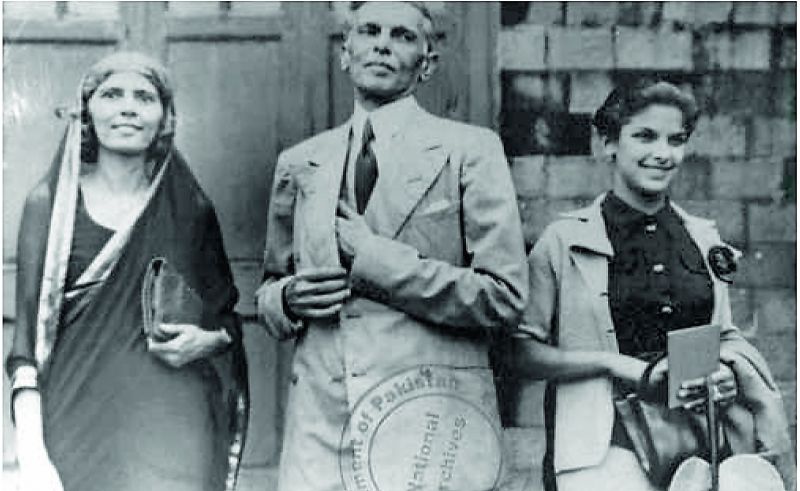 Jinnah with Fatima (right) and his daughter, Dina (left) (National Archives, Pakistan) (The following photos appear in the book)
Jinnah with Fatima (right) and his daughter, Dina (left) (National Archives, Pakistan) (The following photos appear in the book)
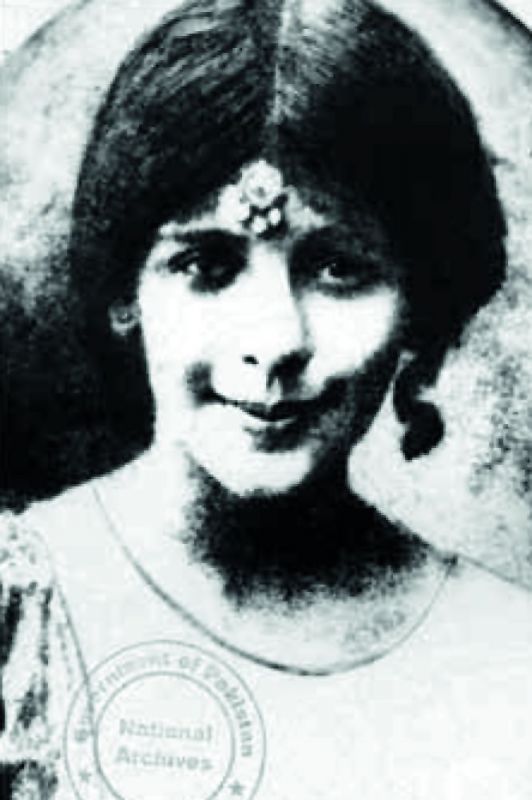 Ruttie as a teenage wife (National Archives, Pakistan)
Ruttie as a teenage wife (National Archives, Pakistan)
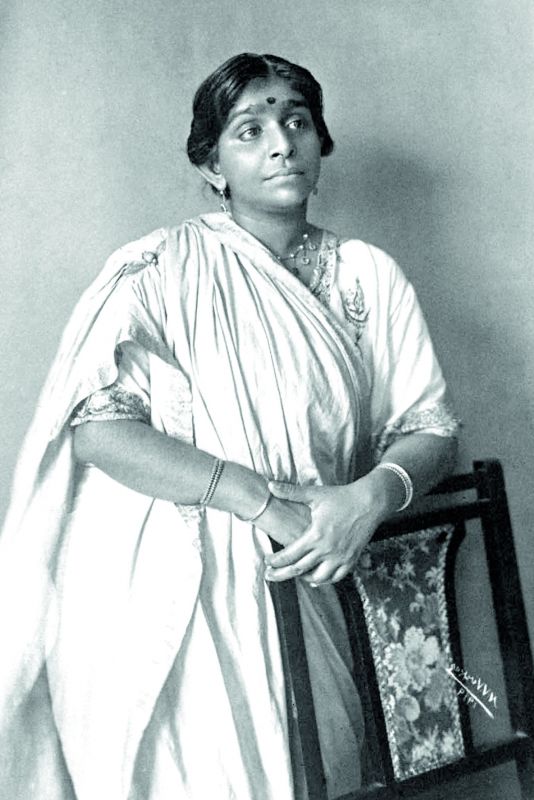 Sarojini Naidu was in her thirties when Ruttie first met her
Sarojini Naidu was in her thirties when Ruttie first met her
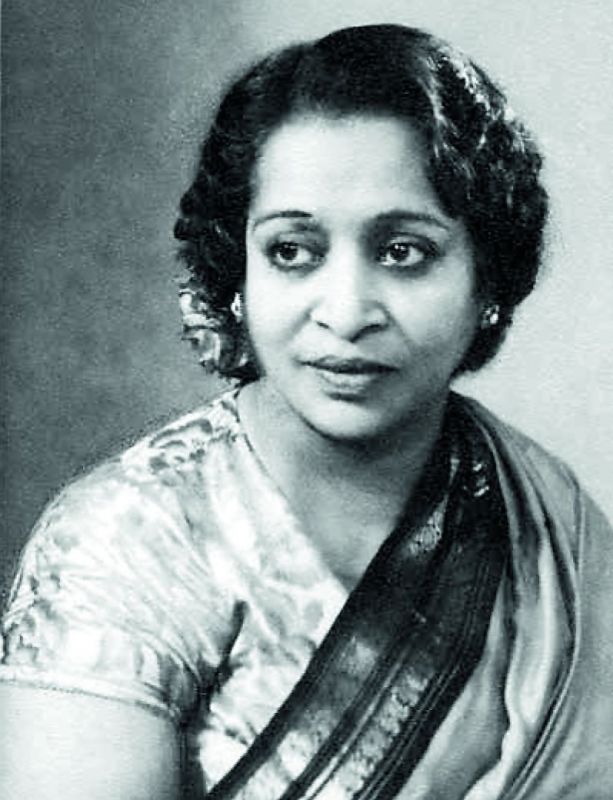 Padmaja Naidu, Ruttie’s dearest friend and correspondent
Padmaja Naidu, Ruttie’s dearest friend and correspondent
During her research, Sheela found out that Sarojini Naidu had donated her entire property, papers, books etc. to the central government, who in turn have done very little to look after what they had got. “Hyderabad being so important for the book, I came here to start researching. I got to know that there is something called Sarojini Naidu Memorial Trust in Kachiguda, but its building had collapsed due to rains. I then tracked an official from the Endowments Department, who informed me that the books and papers were taken to a dharamshala inside Monda Market. Whenever Sarojini travelled around the world, she collected books and sent it home for Padmaja to keep in their family home. All those first editions and rare books are lying inside Monda Market, locked up in cupboards that you can’t reach. I was opening it with a great sense of discovery and also tragedy because here is priceless material that has been left for posterity and this is what comes of it — it ends up in a sabji mandi,” says Sheela.
On a concluding note, Sheela got nostalgic about the city that she grew up in. “Padmaja spent her last years collecting correspondence of the family members. The letters have so much of Hyderabad in them. The city has a different resonance because of those letters. Unfortunately, the letters have not survived,” and continues, “Hyderabad has changed a lot. I was born in 1953 here and grew up in Himayatnagar. It was a magical time. We had a city central library right across the street and Irani cafes along the lane. We used to hire bicycles for one anna and cycle in the bylanes; it was so safe. We played hopscotch and kabaddi on the streets; there was hardly any traffic. There would be a snake charmer who would come every Sunday. There were no televisions then, so he would be the attraction. After I pursued my journalism from Osmania University, I went to Delhi to make a career. Each time I come back, I notice that Hyderabad is going through a rapid change. I find it difficult to find my way around. These are no longer the streets I walked in,” she reminisces.

